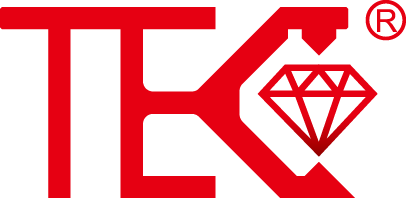MagnetostrictiveLevelGaugewith4-20mAOutputSignal
In industrial process control and inventory management, accurate level measurement stands as a critical parameter. The magnetostrictive level gauge with a 4-20mA output signal represents a sophisticated solution for achieving high-precision readings in various liquids. This technology combines reliability with straightforward integration into modern control systems.
Understanding Magnetostrictive Technology
Magnetostrictive level transmitters operate on a precise physical principle. A current pulse sent down a waveguide wire interacts with the magnetic field from a float-mounted permanent magnet. This interaction generates a torsional stress wave that travels back at a known velocity. The microprocessor accurately measures the time delay to calculate the exact position of the float, which corresponds to the liquid level. This non-contact measurement method ensures exceptional long-term stability and repeatability.
The Significance of 4-20mA Output Signals
The 4-20mA analog signal remains the industry standard for process variable transmission. This robust signal offers significant advantages, including high noise immunity and the ability to power the transmitter over the same two wires—a configuration known as a two-wire loop-powered device. The 4mA typically represents the zero or lower range value, while 20mA signifies the full-scale level, allowing for simple fault detection as any reading below 4mA indicates a loop problem.
Key Advantages for Industrial Applications
Magnetostrictive level sensors provide numerous benefits that make them suitable for demanding environments. They deliver high accuracy, often within millimeters, and excellent resolution. With no moving parts in contact with the process fluid, they offer exceptional reliability and minimal maintenance requirements. These gauges are highly versatile, capable of measuring both level and interface level between two immiscible liquids, making them ideal for chemical, pharmaceutical, and oil and gas industries.
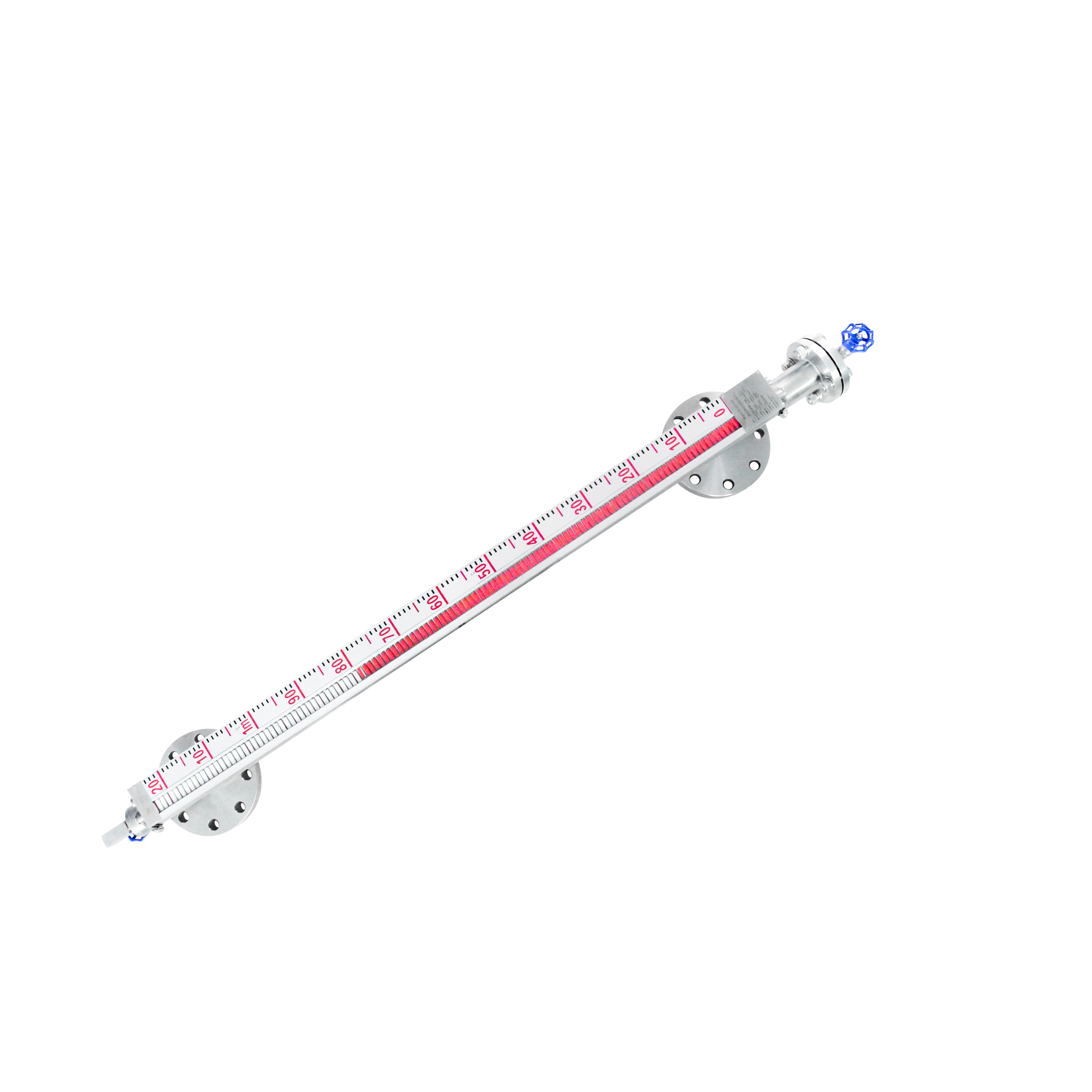
Installation and Integration Best Practices
Proper installation is crucial for optimal performance of a magnetostrictive level transmitter. Mounting can be top-down directly into a tank or via a stilling well. It is essential to ensure the float moves freely without obstructions. The 4-20mA output seamlessly connects to PLCs, DCS systems, or indicator controllers, providing a linear representation of the level. Configuration typically involves setting the lower and upper range values to correlate with the 4mA and 20mA points, ensuring the control system receives the correct level data.
Applications Across Various Industries
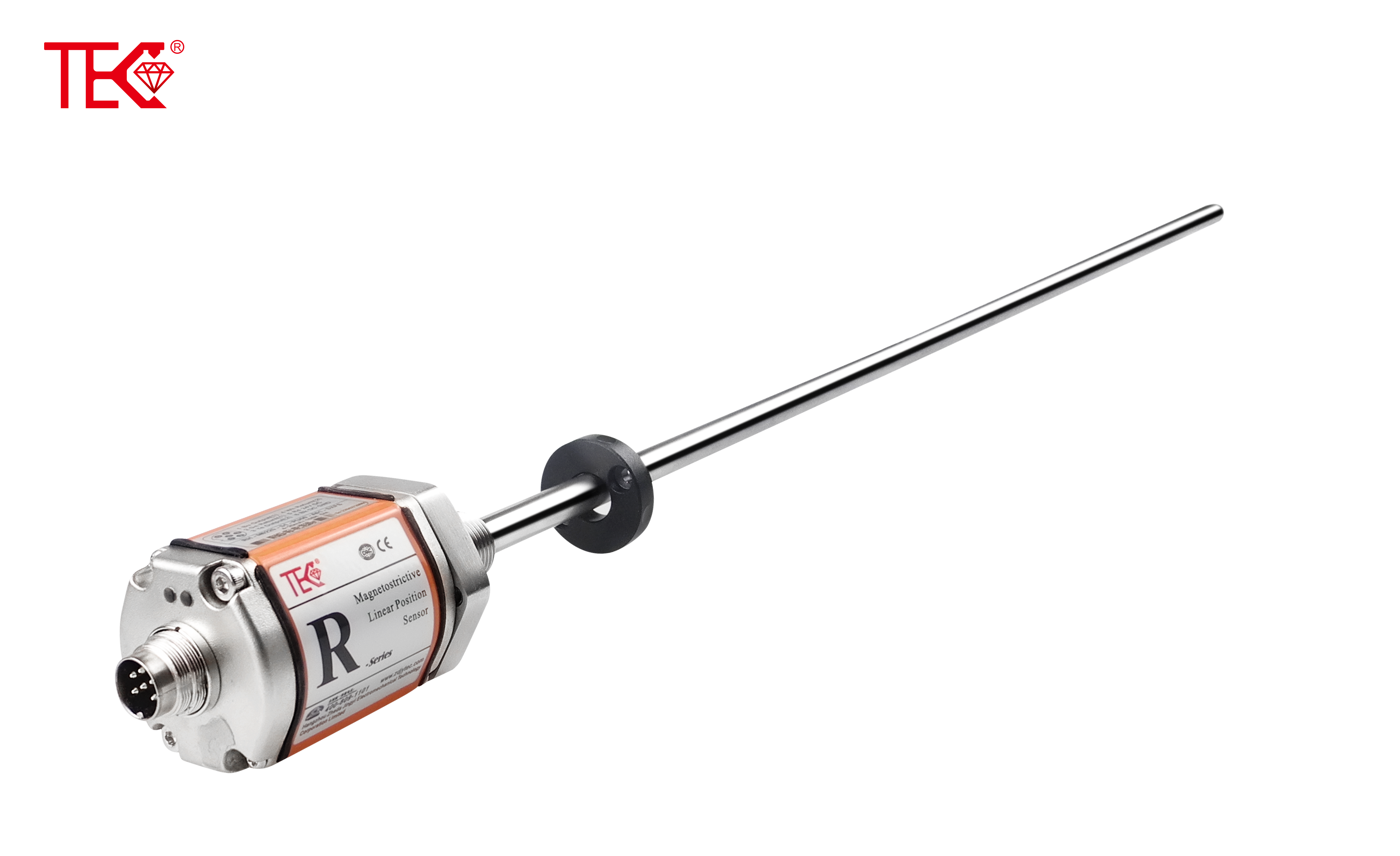
These level gauges find extensive use in diverse sectors for inventory management and process control. They are employed in storage tanks for water, chemicals, and hydrocarbons. In the food and beverage industry, they monitor ingredients in mixing vessels. Power plants use them for demineralized water and fuel oil level measurement, while marine applications rely on them for ballast and bilge tank monitoring, demonstrating their broad utility and adaptability.
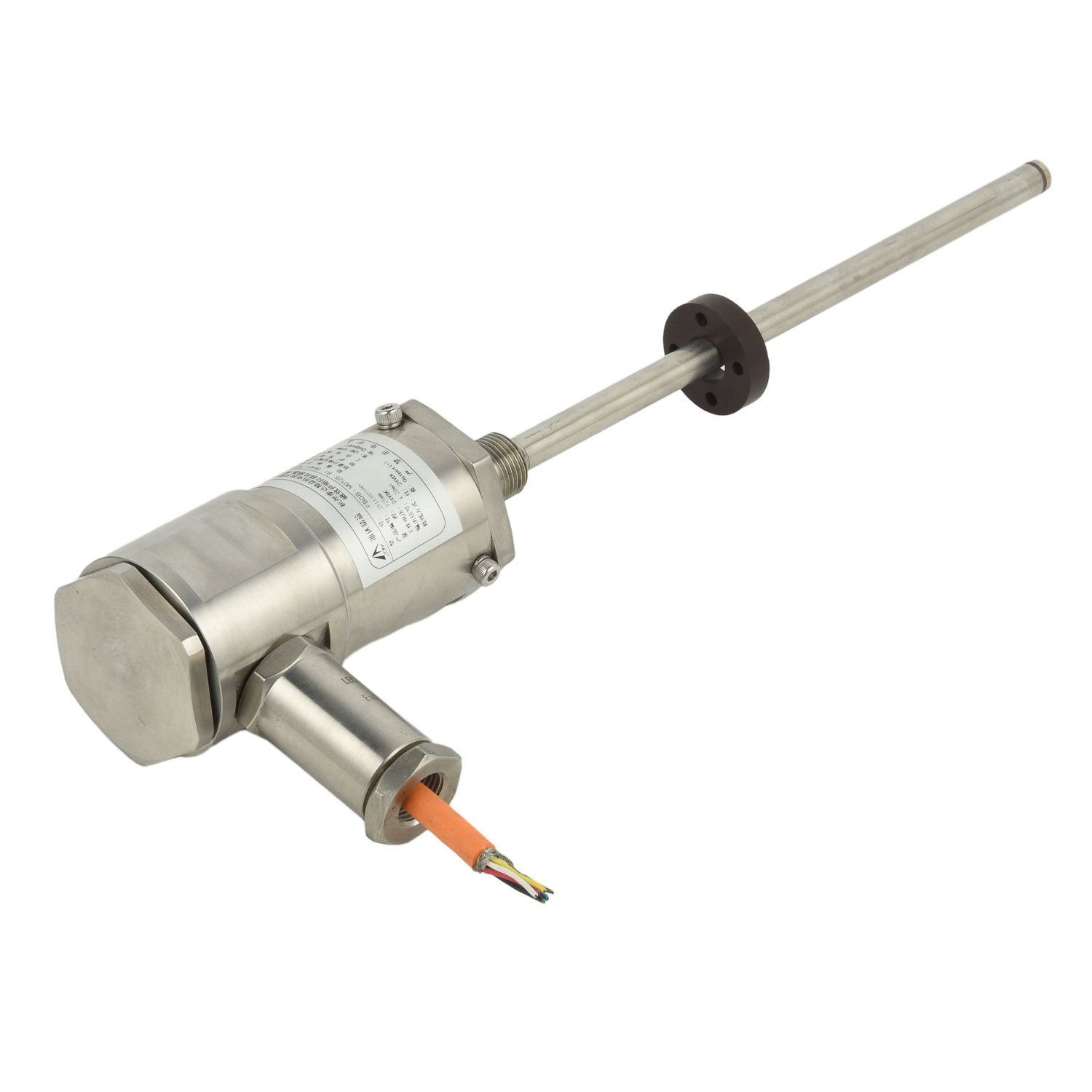 UpgradingYourLevelMeasurementS
UpgradingYourLevelMeasurementS
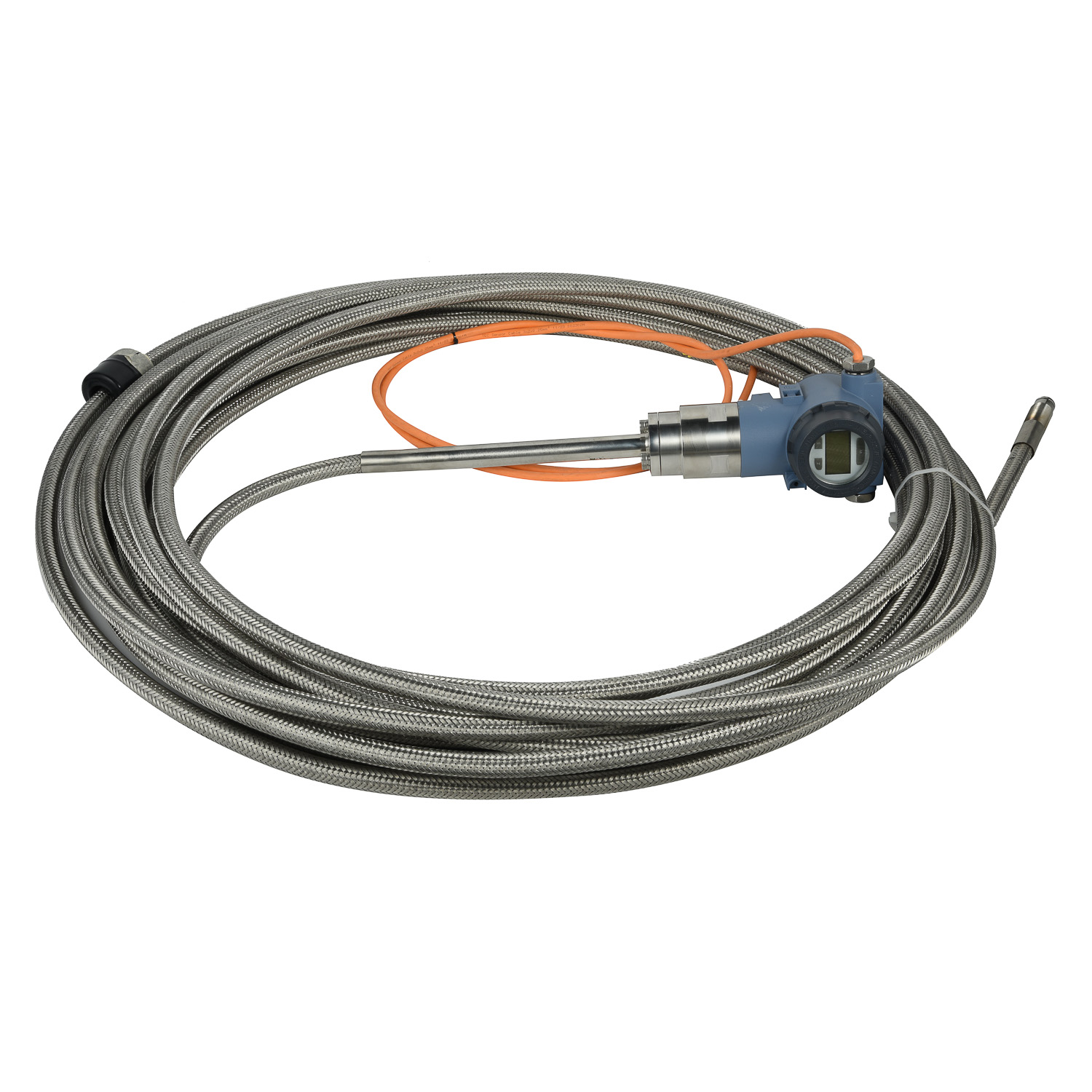 Why are magnetostrictive level
Why are magnetostrictive level
 ComparingMagnetostrictiveandRa
ComparingMagnetostrictiveandRa
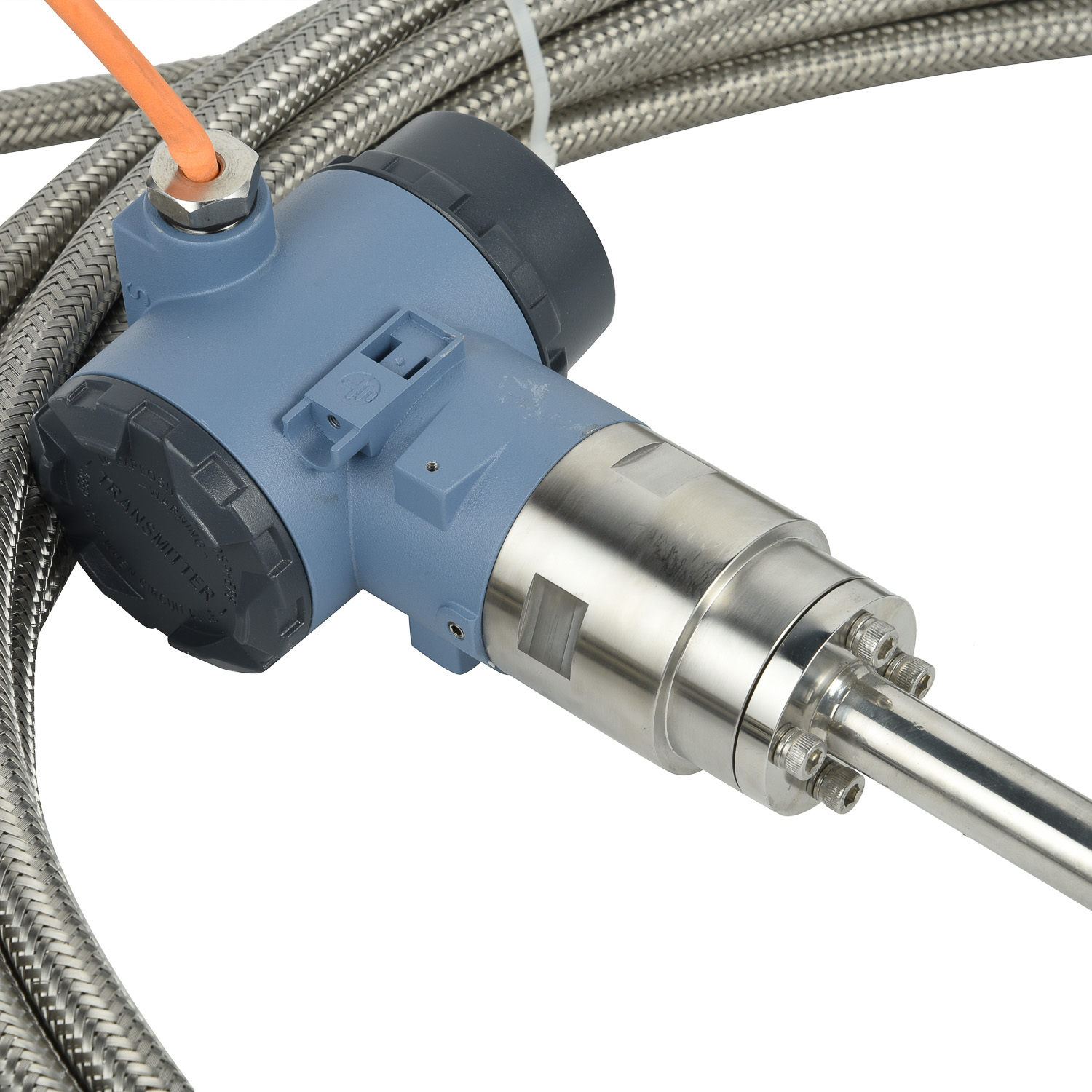 MagnetostrictiveLevelSensorfor
MagnetostrictiveLevelSensorfor
